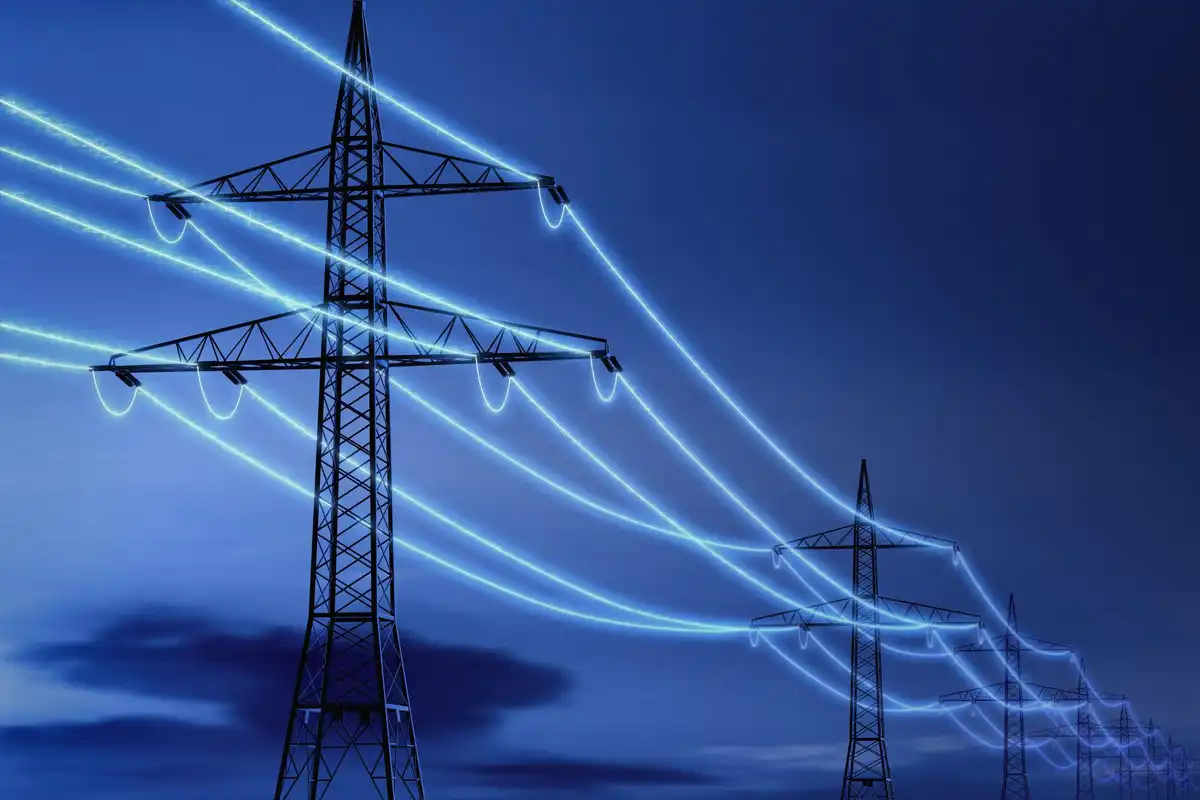A Norway-based provider of technology for power grids whose U.S. headquarters is in Houston has raised a $25 million series B round of funding.
The venture capital arm of Polish energy giant Orlen, Norwegian cleantech fund NRP Zero, and the Norway-based Steinsvik Family Office co-led Heimdall Energy's round. Existing investors, including Investinor, Ebony, Hafslund, Lyse, and Sarsia Seed, chipped in $8.5 million of the $25 million round.
“This funding gives us fuel to grow internationally, as we continue to build our organization with the best people and industry experts in the world,” Jørgen Festervoll, CEO of Heimdall, says in a news release.
Founded in 2016, Heimdall supplies software and sensors for monitoring overhead power lines. The company says its technology can generate up to 40 percent in additional transmission capacity from existing power lines.
Heimdall entered the U.S. market in 2023 with the opening of its Houston office after operating for several years in the European market.
“Heimdall Power has built itself a unique position as an enabler for the ongoing energy transition, with fast-increasing electricity demand and queues of renewables waiting to get connected,” says Marek Garniewski, president of Orlen’s VC fund.
Heimdall says it will put the fresh funding toward scaling up production and installation of its “magic ball” sphere-shaped sensors. In the U.S., these sensors help operators of power grids maximize the capacity of the aging power infrastructure.
“In the United States alone, there are over 500,000 miles of power lines — most of which have a far higher transmission capacity than grid operators have historically been able to realize. To increase capacity, many have launched large-scale and expensive infrastructure projects,” Heimdall says.
Now, the U.S. government has stepped in to ensure that utilities are gaining more capacity from the existing infrastructure, aiming to upgrade 100,000 miles of transmission lines over the next five years.
Heimdall's technology enables grid operators and utilities to boost transmission capacity without undertaking lengthy, costly infrastructure projects. Earlier this year, the company kicked off the largest grid optimization project in the U.S. with Minnesota-based Great River Energy.
———
This article originally ran on InnovationMap.








 Air Liquide and Hyundai agreed to expand hydrogen refuelling networks, storage capacity and more at a meeting in Seoul last week. Photo courtesy Air Liquide.
Air Liquide and Hyundai agreed to expand hydrogen refuelling networks, storage capacity and more at a meeting in Seoul last week. Photo courtesy Air Liquide.
